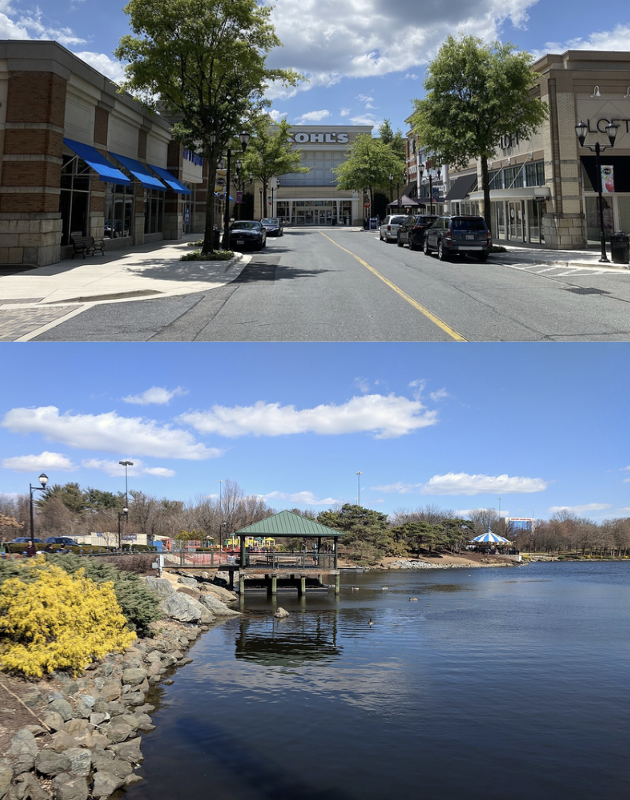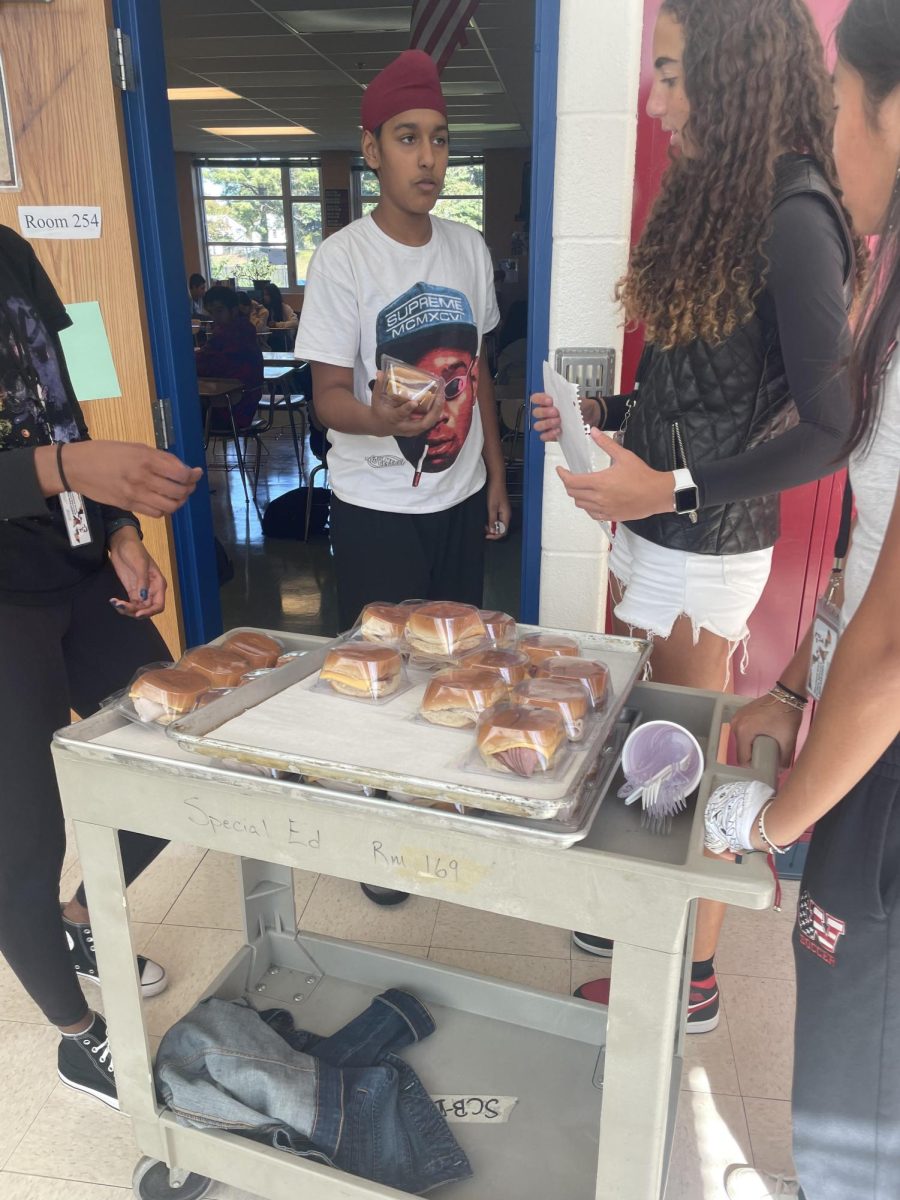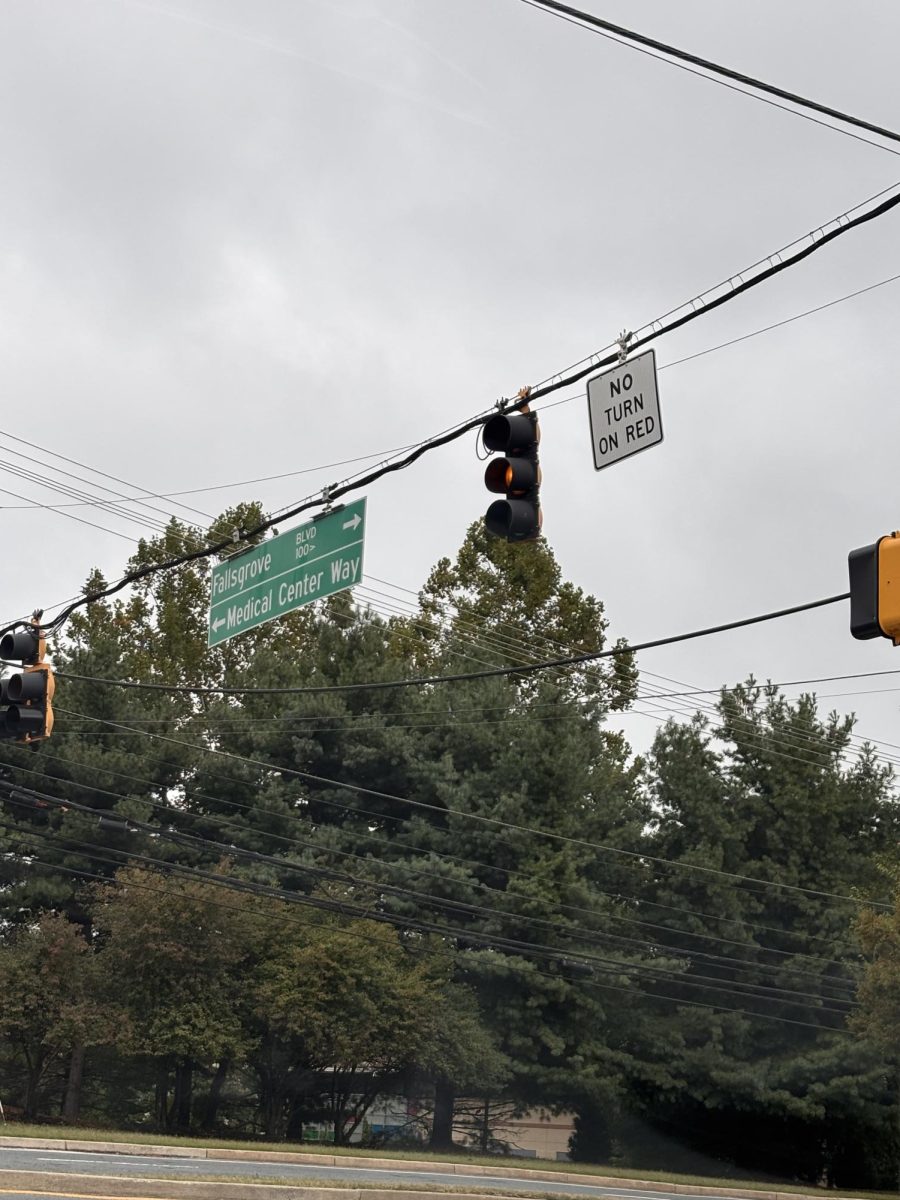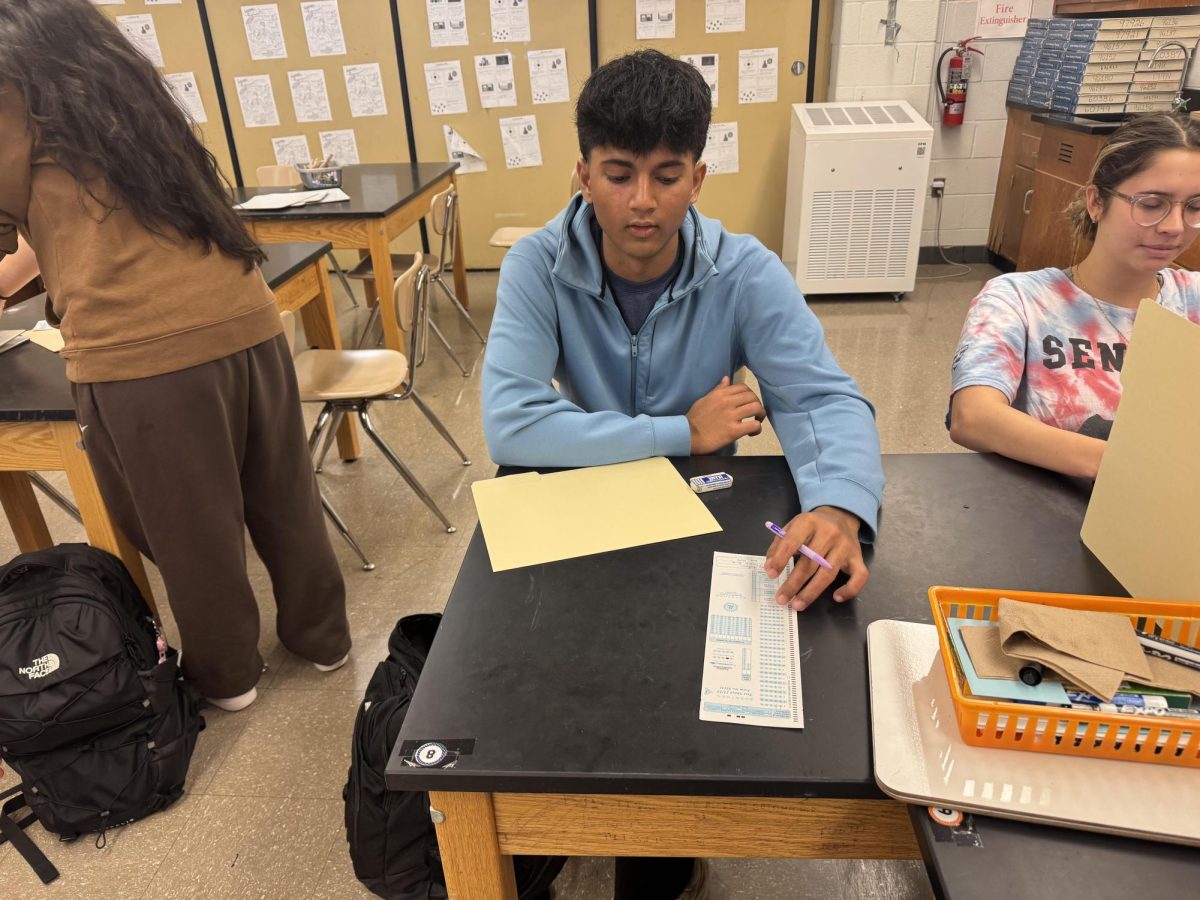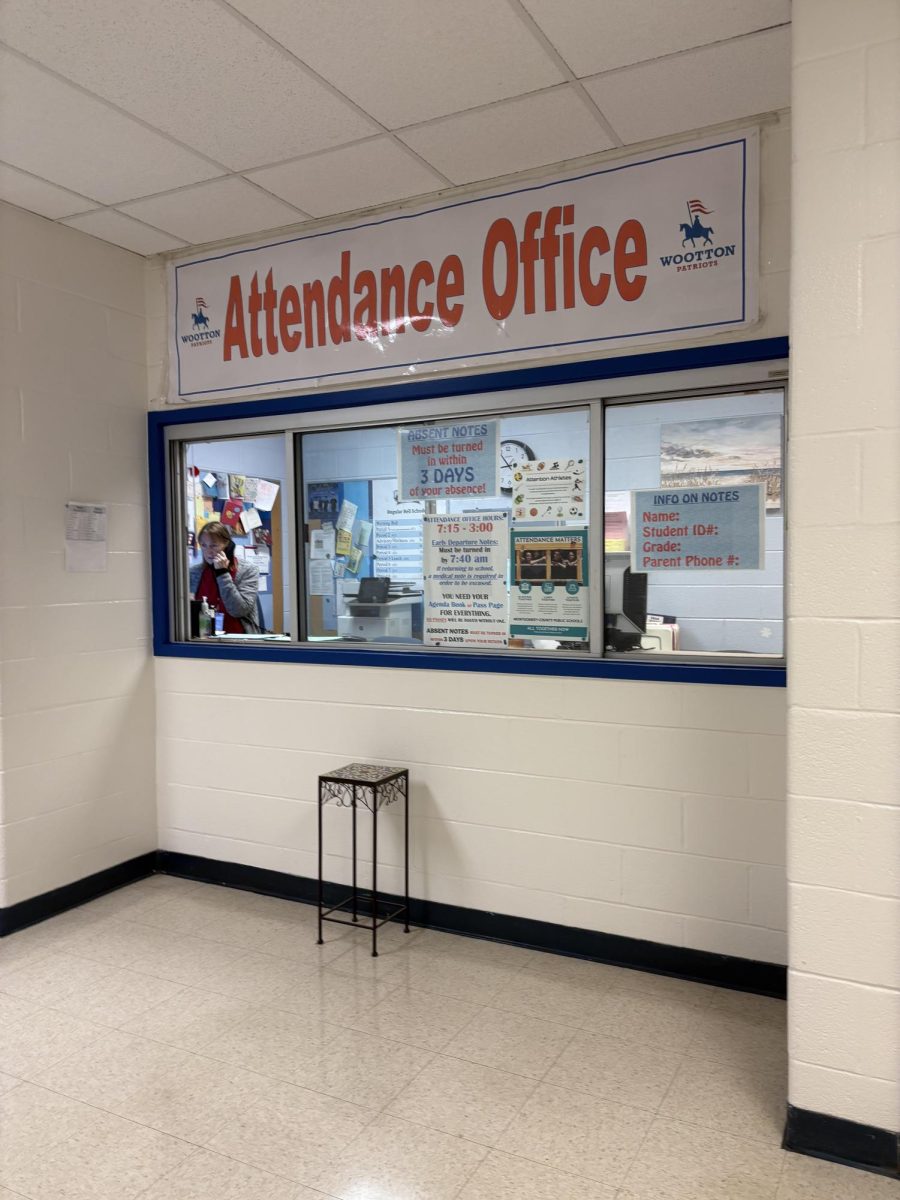With winter approaching and cold weather coming in, it is hard for some to remember that the Earth’s temperature is increasing at the rate of .07 degrees Celsius a year. So what is Climate Change? And if it is really happening, why is it still so cold in the winter months?
Weather vs. Climate
To better understand the misconceptions about climate change and its connections to weather, it helps to understand what they are in the first place. Weather is defined by NASA as the short term atmospheric condition. Usually, it is described on a day-to-day basis with words such as temperature, humidity and visibility. Contrasting this, climate is the average in these weather conditions over time and space. Climate does not vary day to day. According to National Geographic, climate change is the change in the long term patterns displayed by climate as a direct consequence of destructive human activity. “As global climate changes, weather patterns are changing as well. While it’s impossible to say whether a particular day’s weather was affected by climate change, it is possible to predict how patterns might change. For example, scientists predict more extreme weather events as Earth’s climate warms,” according to the National Center for Environmental Information.
Misconceptions?
When I was in seventh grade science, Bill Nye always was a welcomed surprise for a lesson. Now, he has to explain to those who watched him years ago that the planet needs us more than ever and we need to act like adults and fix the mess that has been created. In a recent study done by the Pew Research Center, 20 percent of adults in the United States believe that there is no evidence of global climate change despite the overwhelming evidence of its existence. Just because it is snowing in Maryland, does not mean that other places in the world are not feeling the effects of climate change. Climate change does not mean that it is just getting warmer, it means that the Earth’s average climate is changing, which could lead to unpredictable weather and more extreme weather in some areas. “The recent increases in activity are linked, in part, to higher sea surface temperatures in the region that Atlantic hurricanes for in and move through,” according to the U.S. Global Change Research Program.
What regions is climate change the biggest threat to?
While people in Rockville may have the luxury of overlooking climate change because of the minimal effect it currently has on us, some are not as fortunate. Those who live in less developed countries that rely on agriculture for economic stability are facing extreme poverty because of what is happening to the environment. It is changing rapidly, which then leads to extremes in weather patterns.
Floods, droughts and hurricanes all cause stumblings for these agriculturally dependent nations. “The IPCC (Intergovernmental Panel on Climate Change) noted in its special report on extremes, it is increasingly clear that climate change “has detectably influenced” several of the water-related variables that contribute to floods, such as rainfall and snowmelt. In other words, while our warming world may not induce floods directly, it exacerbates many of the factors that do,” according to the Natural Resource Defense Council.
How will the melting ice caps impact us?
If the extinction of polar bears, penguins and seals is not enough to make you want to save the environment, maybe you should think about how the ice caps will impact us. In recent years, more and more attention has been drawn to the rising sea levels caused by the carbon emission blanket encompassing the planet, commonly referred to as the greenhouse effect because of how the CO2 traps heat in the atmosphere. Because of this, glaciers and ice sheets are melting rapidly and adding to the sea levels, while leaving the inhabitants of the Arctic and Greenland who rely on the ice for their habitat out of luck. “Data from NASA’s Gravity Recovery and Climate Experiment show Greenland lost an average of 286 billion tons of ice per year between 1993 and 2016, while Antarctica lost about 127 billion tons of ice per year during the same period. The rate of Antarctica ice mass loss has tripled in the last decade,” according to NASA.
What is causing this greenhouse effect?
Pollution by definition is any matter that is out of place and causes harm to the original environment. The Earth’s atmosphere is primarily made of nitrogen, oxygen and small amounts of argon and carbon dioxide. This balance of gases allows all life to be possible, which implies that this new imbalance is not good news for the planet’s inhabitants. In chemistry, students learn what a combustion reaction is, commonly referred to as burning. A hydrocarbon and oxygen react, creating water and carbon dioxide. Too much of anything is a bad thing and at the rate fossil fuels are burning, way too much CO2 is being produced, creating a global crisis. A study conducted by the USC in 2013 showed that transportation accounted for more than half of the carbon monoxide and nitrogen oxides, and almost a quarter of the hydrocarbons emitted into the air in the U.S.,” according to Phys.org.
What can be done large scale?
Despite the United State’s withdrawal from the Paris Agreement, which habilitated a new course for the prevention of further destruction caused by climate change, mostly focused on carbon emissions and how to cut them down, individual states have made policies to save the dying environment. It was decided that temperature increase needs to be limited to 1.5 degrees Celsius this century in order to at least slow down the irreversible changes that will impact the environment. NASA states that without any major change to lifestyles today, global temperatures are on course to rise by an average of six degrees Celcius. “Some scientists argue a “global disaster” is already unfolding at the poles of the planet; the Arctic, for example, may be ice-free at the end of the summer melt season within just a few years. Yet other experts are concerned about Earth passing one or more ‘tipping points’- abrupt, perhaps irreversible changes that tip our climate into a new state,” NASA said.
What can YOU do?
There is a lot that individuals can do to cut their air pollution footprints including small things like minimizing car idling time, consuming less processed food products, using public transportation when possible or attempting to condense errands run to reduce car travel time. Also, turning off the lights and using energy efficient bulbs may seem small, but if every home in the country did so, air pollution would be cut down immensely. Recycle clothes and use less plastic. If everyone does their part, the planet stands a chance.
At the front of the youth climate change movement is 16-year-old Greta Thunberg. She brings awareness to the rising planetary crisis. Earlier this year Thunberg attended the World Economic Forum in Davos, Switzerland, to discuss the growing issue. “I want you to act as if the house is on fire, because it is,” Thunberg said.


